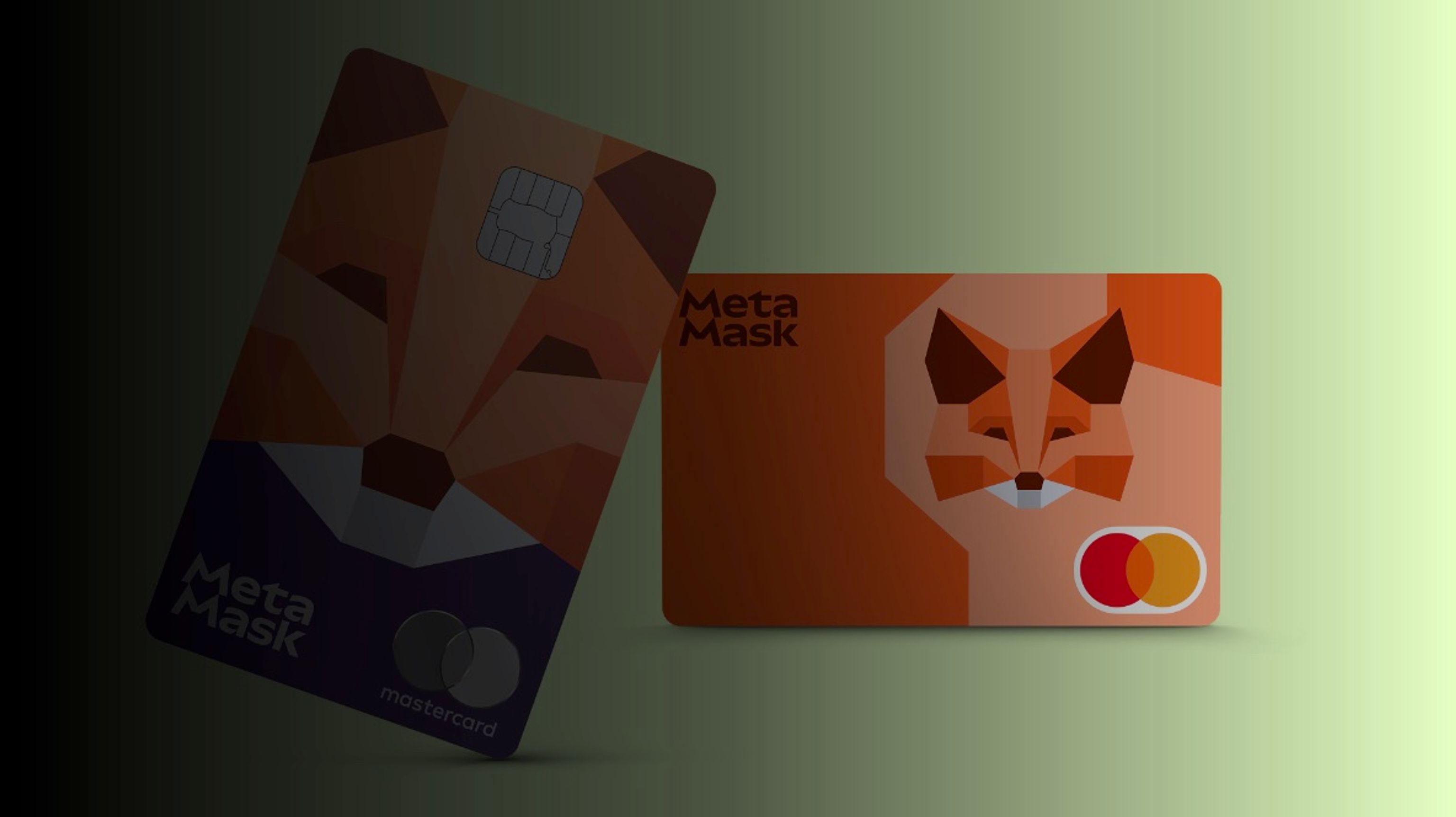
MetaMask's Dollar Moment: Why mUSD Could Reshape Payments
◻️ MetaMask’s new wallet-native stablecoin, mUSD, has the potential to redefine how digital dollars are held and spent by bringing storage, transfer, and everyday payments into a single experience. Its success will depend on whether the brand can close the trust gap that continues to shape consumer perceptions.
On August 21, 2025, MetaMask announced its own stablecoin, MetaMask USD (mUSD). At first glance, another dollar-pegged token might seem incremental in a market already dominated by USDC and USDT. But the way mUSD is being introduced — embedded directly into the MetaMask wallet, powered by Stripe’s Bridge infrastructure, and connected to real-world payments rails through Mastercard — positions it as something more significant: a bid to redefine the consumer’s digital dollar experience inside self-custody.
What MetaMask is building
mUSD will be the first stablecoin issued directly from a self-custodial wallet. It will sit at the center of MetaMask’s buy, swap, transfer, and bridge functions, reducing the steps users face when moving into stable value. The coin will be issued through Bridge (acquired by Stripe earlier this year) and built on M⁰, with full backing by liquid dollar assets and real-time transparency.
The coin will launch on Ethereum and Linea, creating immediate utility in the largest smart contract ecosystem and in ConsenSys’ own L2 environment. By the end of 2025, MetaMask plans to enable everyday spend through the MetaMask Card, letting balances flow seamlessly into the Mastercard network at millions of merchants worldwide. In short, it’s a stablecoin designed to collapse the distance between on-chain activity and real-world payments.
MetaMask’s paradox at scale
Our research shows why this move is both powerful and risky. Among more than 1,300 U.S. crypto users, MetaMask is the most widely used wallet, with 39 percent reporting they have used it. Yet it ranks only eighth in trust among ten wallets measured. Two-thirds of users say they trust the brand, which is strong in absolute terms but weaker than peers.
The same pattern appears in the general population. Among 1,700 adults, MetaMask is the second most recognised wallet brand, with 39 percent awareness. But again, it ranks only seventh in trust, with the same 66 percent trust score. MetaMask has reach that few can rival, but its reputation has not kept pace with its adoption. Embedding a stablecoin makes that tension more visible.
What this means for consumers
For everyday users, mUSD lowers the barrier to stable value. No more navigating multiple coin tickers, liquidity pools, or third-party swaps just to hold a dollar-equivalent balance. A default digital dollar built into the wallet simplifies the experience, especially for newcomers making their first on-chain purchase.
The integration with MetaMask Card extends that balance into the real world. A user could earn in crypto, convert into mUSD, and spend at any Mastercard terminal without ever leaving the wallet environment. In practice, it makes self-custody less about experimentation and more about daily money management.
But credibility will matter. A wallet-native coin carries higher reputational stakes: if something goes wrong with reserves, redemption, or UX, MetaMask owns the problem directly. With its trust ranking already below several peers, the company will need to show that transparency is not just promised but practiced.
Why brands and platforms should care
For merchants and brands, mUSD represents incremental reach without incremental integration. Once the MetaMask Card supports it, consumer spend flows through existing Mastercard rails. There’s no need to add a new checkout button, yet the brand gains access to one of the largest on-chain audiences.
Payment processors are already experimenting with stablecoin settlement. Visa, Mastercard, and Worldpay have piloted USDC payouts; Stripe has rolled out stablecoin checkouts. If mUSD is added to those platforms, brands could pay creators, suppliers, or cross-border contractors in a dollar-stable instrument as easily as they send a PayPal transfer today. The leap from niche crypto payments to global payouts begins to narrow.
Competitive and industry impact
The stablecoin field has been dominated by centralized issuers such as Circle and Tether, alongside decentralized options like DAI and GHO. MetaMask introduces a new model: wallet-native issuance. By collapsing storage, movement, and spend into one surface, it rewrites the distribution equation.
For incumbents, this is both threat and catalyst. USDC and USDT dominate liquidity on exchanges and in DeFi, but a coin embedded in the default wallet of 30 million+ users creates gravitational pull. Developers building dapps, swaps, and consumer-facing flows on Ethereum and Linea will be incentivized to optimize for mUSD simply because it is present at scale.
This move also arrives at a time when traditional payment rails are already engaging stablecoins. Visa, Mastercard, Shopify, and Stripe have all introduced pilots and integrations. mUSD arrives in a market where rails are ready. The question is no longer whether stablecoins will be used for payments, but which brands and issuers consumers will actually trust to hold their dollars.
The Protocol POV
MetaMask’s launch of mUSD is a strategic escalation: a move to make the world’s most used self-custody wallet the place where digital dollars are created, held, and spent. With Stripe’s infrastructure and Mastercard’s reach, the distribution advantage is immediate. Yet the trust gap is real. For years, ubiquity was enough to dominate usage. When the product itself is money, reputation will matter just as much.
Stablecoins are moving from tools for traders to instruments for consumers. The issuers who succeed will be those who combine reach with credibility. MetaMask has secured the first. With mUSD, it must now prove it can earn the second. ◼️
Stay ahead of the stories shaping Web3, AI, and emerging tech. Subscribe to Protocol Theory’s newsletter for data-backed insights delivered straight to your inbox.
About the author

Jonathan Inglis
Jonathan Inglis is the founder and CEO of Protocol Theory, the world's leading consumer insight, analytics, and strategic consulting company dedicated to Web3, AI, and emerging tech. He has over a decade of experience collaborating with global brands to help them better understand users, consumers, and markets via actionable, evidence-based consumer insight.